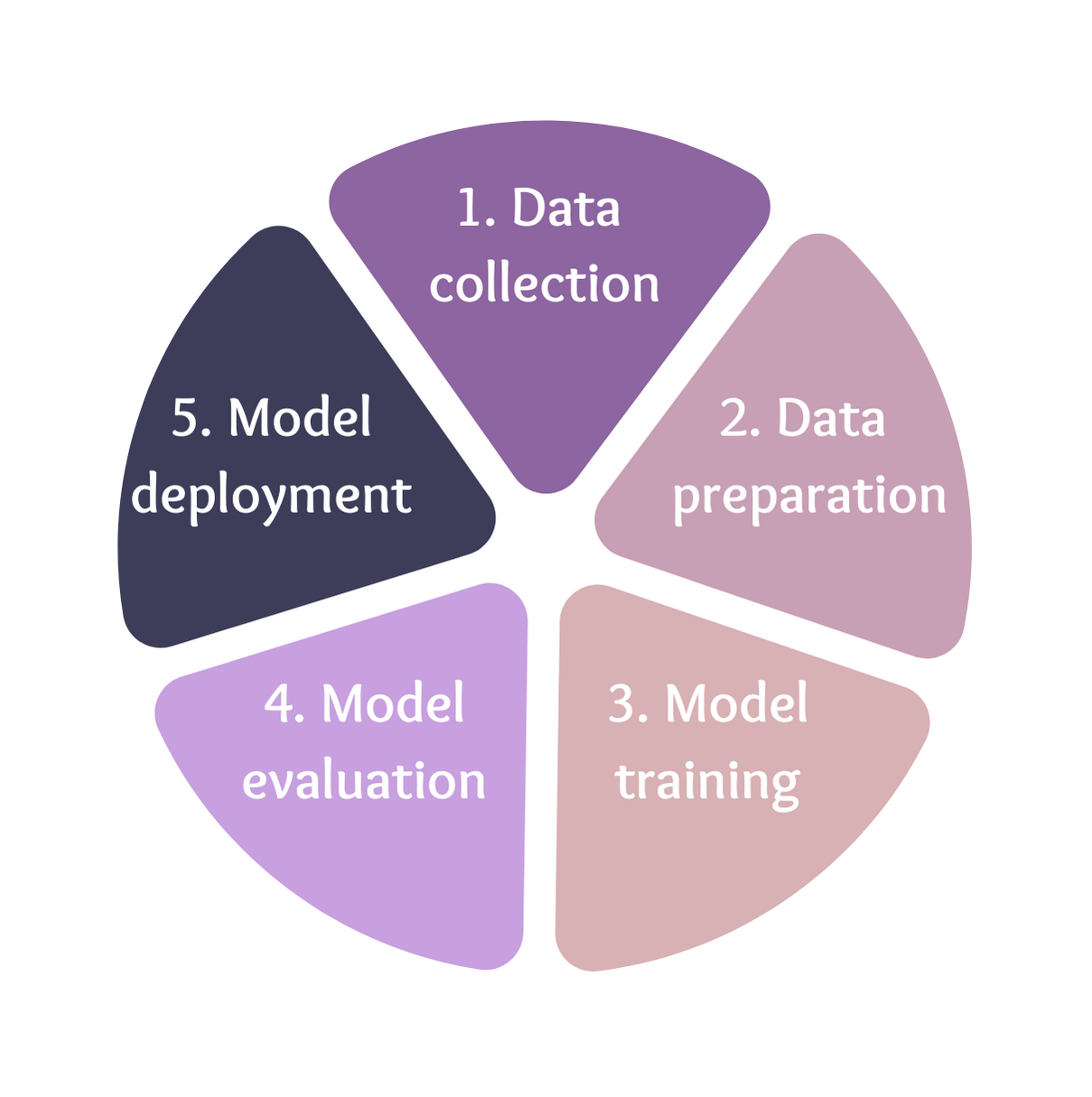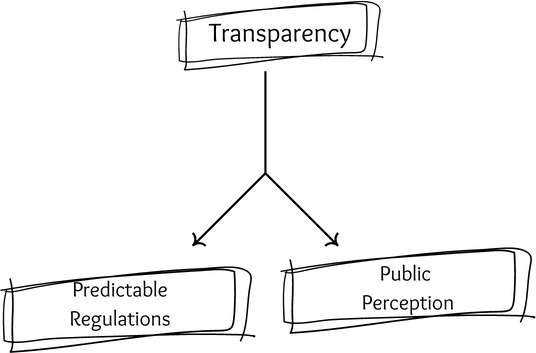Unpacking the blackbox: Transparency
AI Ethics

Joe Franklin
Llama Enthusiast
Black-box nature
- AI implementations are often black boxes
- A black box in AI:
- Known inputs and outputs

Ambiguousness is non-ideal
- Ambiguity in AI: Ethical challenge
- Question of trust:
- Can we validate AI decisions without understanding them?
- Transparency:
- Making an AI's decision-making process understandable
- Example:
- Factors in AI sales model

Throughout the AI life cycle
- Transparency in AI involves all stages of the AI life-cycle
- Purpose:
- Understand the workings of the AI system
- Gauge comfort level with its operation

A deciding factor
- Current state:
- Transparency in AI is uncommon
- Hesitation in AI adoption
- Future implications:
- Transparency will become a deciding factor in users' choice of AI systems
- Actionable:
- Organizations should prioritize transparency

1 Icon made by Eucalyp from www.flaticon.com
Openness is key
- Openness about AI challenges and learnings is key
- Transparency encourages innovation in AI
- It leads to more advanced, reliable AI systems

1 Icon made by Freepik from www.flaticon.com
Embracing transparency in AI
- Transparency in AI can be intimidating but is beneficial for businesses
- Transparency leads to predictable regulations and public perception
- Companies can compete based on strengths, culture, customer relationships rather than secrecy

Let's practice!
AI Ethics

